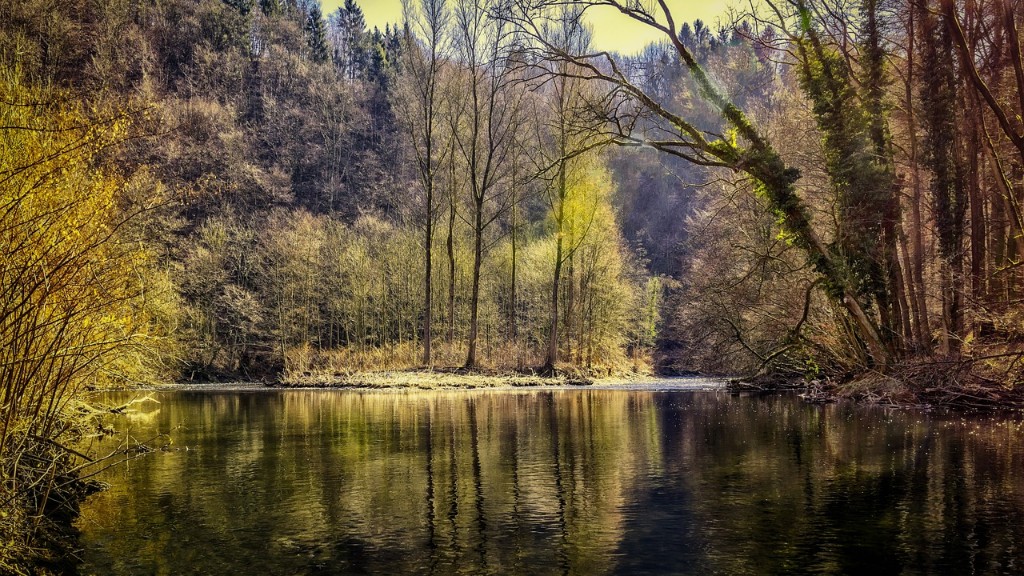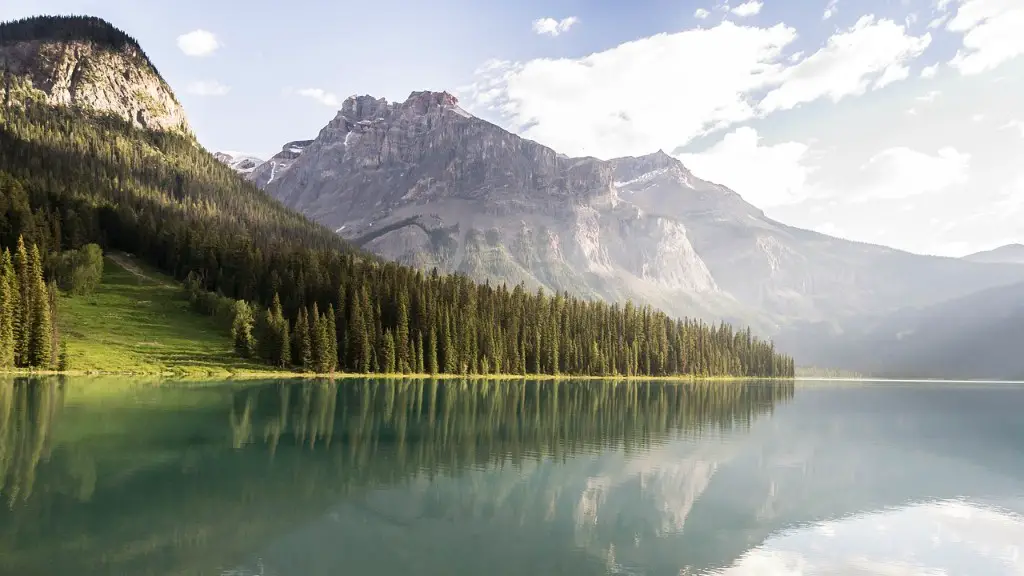The Mississippi River & Birds Who Inhabit It
The Mississippi River is a major source of water, sustenance, and beauty in the USA. Spanning over 2,300 miles from Minnesota, the river culminates at Louisiana and the Gulf of Mexico. The Mississippi River provides for innumerable species of birds and supports a wide variety of habitats–including wetlands, prairies, and forests–all of which make it a very desirable spot for birds.
The Mississippi River is home to an incredible diversity of bird species that range from songbirds to shorebirds, from swallows to swans, and from raptors to rails. A significant number of migratory birds journey along the river, seeking shelter and food. In the winter, a variety of ducks, geese, and swans can be spotted here. During the summer months, warblers, orioles, tanagers, thrushes, and other songbirds migrate through the area, searching for their breeding grounds.
The wetlands of the Mississippi instantly attract waterfowl and shorebirds. Among these species are American wigeons, mallards, canvasbacks, and American avocets and woodcocks, which seek out the shallow waters for food and protection. Raptors such as eagles and hawks, attracted by fish and aquatic animals, soar high above in search of prey.
Peregrine falcons, a species of endangered birds, have also been spotted along the Mississippi. These birds prefer tall structures, such as bridges, to nest and hunt. The presence of the peregrine falcon is a sign of hope, as their increasing numbers offer assurance that endangered birds can find the cover and sustenance they need to stay safe.
The river also serves as a buffer between agricultural lands and grasslands, which are important habitats for numerous types of birds. The Mississippi Flyway, a network of routes that birds use during their migrations across the Central and Mississippi Valley regions, runs through the area. This route makes it easier for birds to move between habitats and gives them access to more food, which only strengthens the ecosystem of the region.
In addition, conservation organizations are making it their mission to preserve the habitats and species of birds throughout the Mississippi River. The National Audubon Society, for example, is actively working to restore and improve the bird habitats in the area. Their efforts have already led to the creation of several nature preserves and protected bird sanctuaries in the region.
Overall, the Mississippi River offers a haven for a wide range of bird species, including migratory and endangered birds. The river serves as an important source of food, water, and habitat for these birds and also provides a route they can use to safely traverse the continent. Conservation organizations, too, are continuously striving to improve the lives of birds in the region, ensuring that they remain a vital part of the ecosystem.
The Importance of Conserving the Mississippi River’s Bird Habitat
The Mississippi River’s ecosystem is extremely important not only for the birds who inhabit it but for all of the wildlife and plant life as well. As a result, conserving the wildlife and habitats of the area is essential to ensure diverse species and habitats remain healthy. Conservation efforts to protect birds and their habitats along the Mississippi should be a priority.
First, restoring wetlands and other bird habitats can help to keep bird populations healthy. Wetlands not only provide food, shelter, and nesting sites for many species of waterfowl, but also help to filter water and reduce flooding along the Mississippi. Restoring wetlands, therefore, not only benefits the wildlife of the area but also helps to make the Mississippi River more resilient and sustainable.
Secondly, preserving and restoring forested habitats can offer valuable resources for birds that inhabit along the Mississippi. These habitats provide shelter, nesting sites, and food sources, while also helping to control erosion, stabilize stream banks, reduce flooding, and clean the river’s water. Through conservation efforts, these bird habitats can remain intact and serve as a refuge for a multitude of birds.
Thirdly, controlling and limiting the amount of human development along the river is another way to conserve birds and their habitats. Human activities can disrupt bird habitats, as well as reduce the availability of food and shelter to birds. It is important for humans to take steps to limit their impacts and be mindful of their activities to ensure birds are not affected.
Lastly, increasing public education and awareness about the birds and their habitats can also be a powerful way to protect them. People can be informed about the importance of preserving the habitats and the species of birds that inhabit the Mississippi. With more education, more people can become engaged in conservation efforts and can help ensure the extinction of birds in the region is prevented.
Protecting Water Quality Against Pollutants
The Mississippi River is an invaluable resource, however it is constantly threatened by pollutants. These pollutants come from a variety of sources, ranging from industrial and agricultural runoff to sewage and urban waste. All these pollutants can have a detrimental effect on the health of the water, the wildlife, and the habitats of the river, including birds.
Therefore, it is important to take steps to reduce, manage, and control all the sources of pollution to ensure the overall health of the Mississippi. The most effective way to do this is by establishing management regulations and instituting strict laws to ensure that sources of pollution are identified and addressed. Additionally, providing incentives to polluting sources, such as manufacturing plants, for wastewater treatment and other environmental measures, can help reduce pollutants that enter the Mississippi.
Moreover, monitoring the water quality of the Mississippi is vital to ensure all pollutants are kept in check. Pollutants can be measured by analyzing water samples and checking for contaminants. The results of these tests can then be used to adjust regulations and control the flow of pollutants into the river. With these tests, it is possible to determine if the quality of the water is meeting the required standards set by the government.
Finally, it is essential to increase public awareness about the dangers of contaminants and pollutants to the river, especially for the bird species who inhabit it. Education is key, as more people can be informed about the significance of water quality and the impact of pollutants on the birds and other wildlife of the region.
The Significance of Invasive Species
In addition to pollution, invasive species can also be a problem for the birds of the Mississippi River. Invasive species such as Asian carp, zebra mussels, and the round goby can cause damage to the habitats, the food supply and the overall health of the river’s ecosystems, including birds.
Reducing the impact of these invasive species is a must in order to protect the Mississippi River’s birds and habitats. This can be done through a variety of methods, such as controlling the introduction of invaders into the eco-system, introducing natural predators of invasives, and utilizing chemical and biological controls. Additionally, public awareness can also be used to educate people about the dangers of introducing foreign species into habitats.
It is also essential to set up effective legislation and protocols to ensure that the spread of these species is minimized. By monitoring, regulating and enforcing these laws, it is possible to limit the spread of these species and preserve the habitats and wildlife of the Mississippi River.
In conclusion, the Mississippi River provides an important source of sustenance and refuge for a vast array of bird species. Conservation efforts and management plans must be in place to maintain the river’s habitats and protect birds from the threats of pollutants, development and invasive species. With the combination of public education and conservation measures, the beautiful birds of the Mississippi can remain safe and healthy for years to come.





